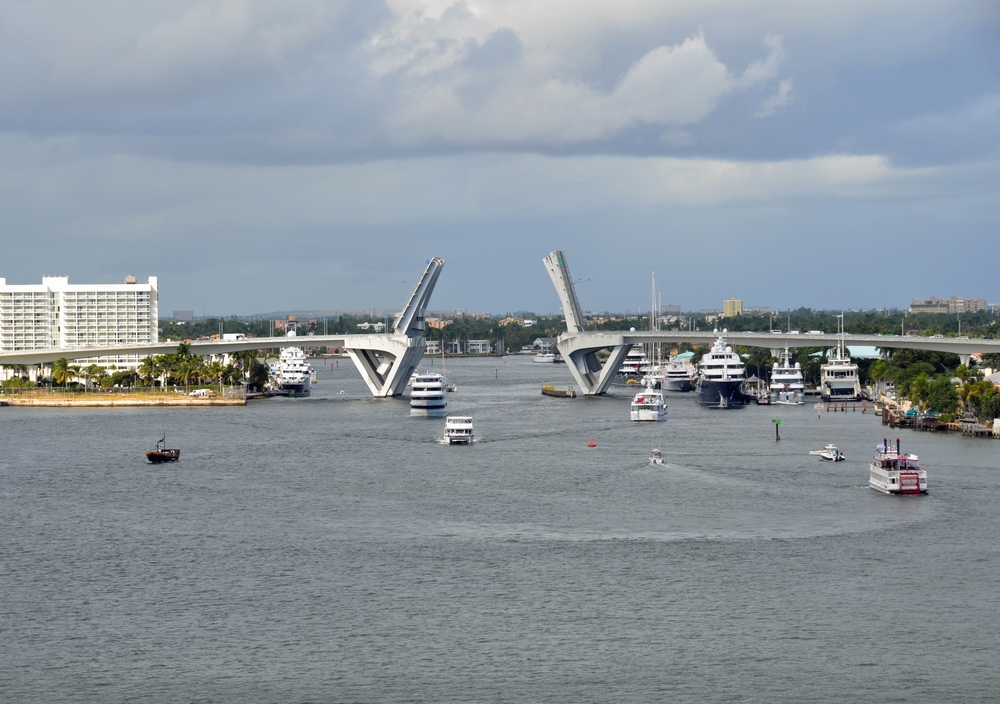
A proposed fee increase on harbor pilot services at Port Everglades will raise the average pilotage costs for shipping lines that use the port frequently by more than 100 percent, according to an analysis by Crowley Maritime Corp.
Pilot services help ensure ships get in and out of a port safely. By law, carriers are required to pay fees.
The fee proposal would decrease fees for cruise ships, while fees for smaller ships – called frequent-call, feeder vessels – would rise. Fees would spike between 88 percent and 139 percent depending on the size of the vessel.
“The current rates for pilotage services at the port are fair and fairly apportion financial responsibility for pilotage fees among the various operators at the port based on their risk profile and financial capacity,” Alan Twaits, Crowley vice president and chief counsel, said.
Crowley is the port’s largest tenant. It operates several frequent-call, feeder vessels and would see a 108 percent increase.
Crowley began a new 10-year lease and operating agreement in 2016 with Broward County for a 99-acre marine terminal at the port. The company agreed to increase container volume annually.
While Crowley is urging the Florida Board of Pilot Commissioners to reject the proposed increase, Captian Sam Stephenson, president of the Florida Harbor Pilots Association and harbor pilot at the Port Everglades Pilots Association, said that the proposed rate adjustment would minimally increase the cost per container for a Crowley ship.
“We appreciate Crowley recognizes ‘pilots serve the public interest by ensuring the safe and orderly arrival and departure of vessels from our ports.’ However, we differ in that we believe the current rates for pilotage services are not commensurate to the workload and costs,” Stephenson said. “While most U.S. ports have had multiple increases and include an annual CPI adjustment, Port Everglades has had neither in over 17 years. We are hopeful the Board of Pilot Commissioners will agree that updating the rates would establish a more equitable relationship between ship workload and operation costs.”